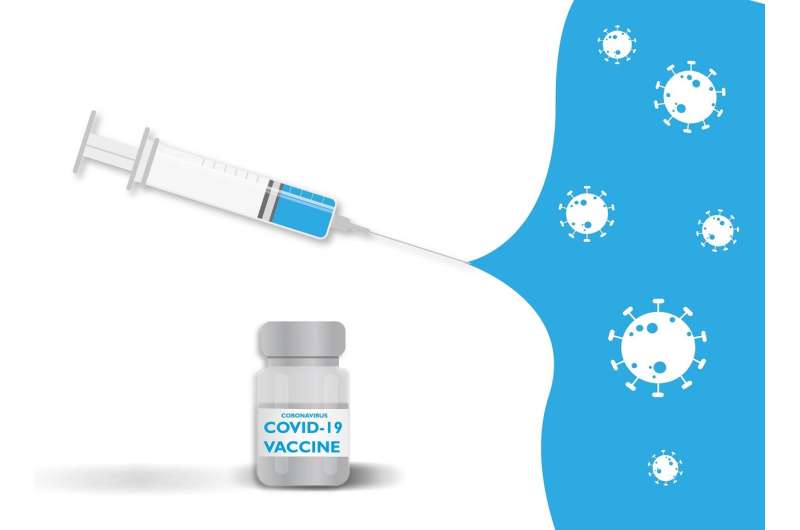
When the first COVID-19 vaccines were approved for emergency use in December 2020, healthcare systems across the Unites States needed to rapidly design and implement their own approaches to distribute COVID-19 vaccines equitably and efficiently. This new role has required Beth Israel Lahey Health (BILH) to develop new strategies and build large operational teams to organize and successfully vaccinate more than 14,000 patients a week across Eastern Massachusetts. In an Insight article published in JAMA Health Forum, Leonor Fernandez, MD, Assistant Professor of Medicine in the Department of Medicine at Beth Israel Deaconess Medical Center (BIDMC) and Peter Shorett, MPP, Chief Integration Officer at BILH, identify five key lessons about health equity that have emerged from BILH’s vaccination campaign for the health system’s approximately 1.6 million patients.
“This is an unprecedented public health campaign for a health system,” said Fernandez, a primary care physician and Director of Patient Engagement at Health Care Associates, BIDMC’s primary care practice. “Organizing our approach to COVID 19 vaccination is teaching us a lot about what we do well and how we can further advance the delivery of equitable health care. To ensure that all patients, including Black, Latinx, and other marginalized communities can access these life-saving vaccines, we have to be able to reach out, create trust, and speak their language.”
Fernandez and Shorett describe five actions that help promote vaccine equity: obtain reliable patient demographic data; address structural inequalities intentionally in order to achieve equitable results; communicate with patients in understandable terms and in their preferred languages; involve diverse stakeholders in decisions; and embrace equity, diversity and inclusion as fundamental organizational values.
Obtain reliable patient demographic dataThe authors note that accurate and complete demographic data are essential to identifying and deploying strategies to reach and engage patients, but data are not consistently elicited or accurate. Information about patients’ race, ethnicity, preferred language and geography is helping drive greater understanding and accountability in the health system’s efforts to address historic racial and ethnic health disparities.
Intentionally addressing structural inequalities and speaking patients’ languages”BILH’s strategy has been to invite patients in three waves for each eligible phase, focusing first on our patients associated with our healthcare centers in Dorchester and Chelsea,” said Shorett, who led the patient vaccination efforts for the health system. “We then move to patients in towns and neighborhoods in our region that have been disproportionately impacted by COVID-19, and shortly after that to randomized cohorts of eligible patients.”
BILH teams developed a broader communications approach, deploying a mix of SMS texting, outgoing phone messages in many languages, and live phone outreach to patients in highly affected communities. Community health centers and primary care practices in highly affected communities have been and will continue to be critically important in the vaccination invitation, outreach and communication process as trusted messengers for their patients.
“Relying exclusively on digital invitations can mean that patients and those who lack familiarity and access to digital technology or speak a language other than English will have less access to vaccination,” said Fernandez, who is also a member of the health system’s vaccination leadership team.
Involving diverse stakeholders for better decision making and embracing equity as a fundamental value to create greater change
Following the widespread civil unrest in response to several high-profile incidents of police brutality, BILH’s Diversity, Equity and Inclusion Taskforce developed recommendations for action incorporated in part from listening sessions including thousands of employees. This backdrop, along with extreme health disparities observed during the pandemic, made the issue of health equity both more familiar and more urgent within the health system.”The integration of diverse institutional and community stakeholders into decisions enables better recognition of structural inequities, provides needed knowledge and skill sets, and supports more effective strategies to help the health system address health disparities,” noted Shorett.
Source: Read Full Article
